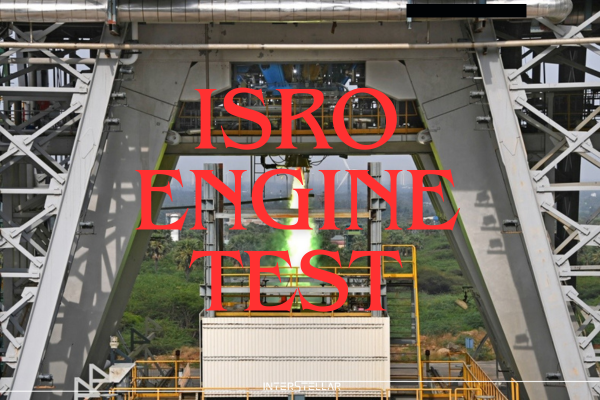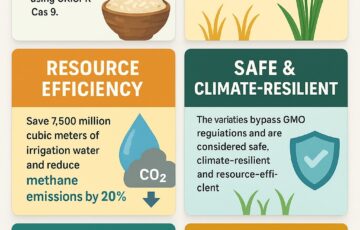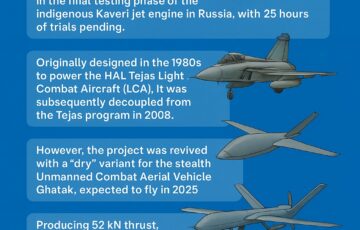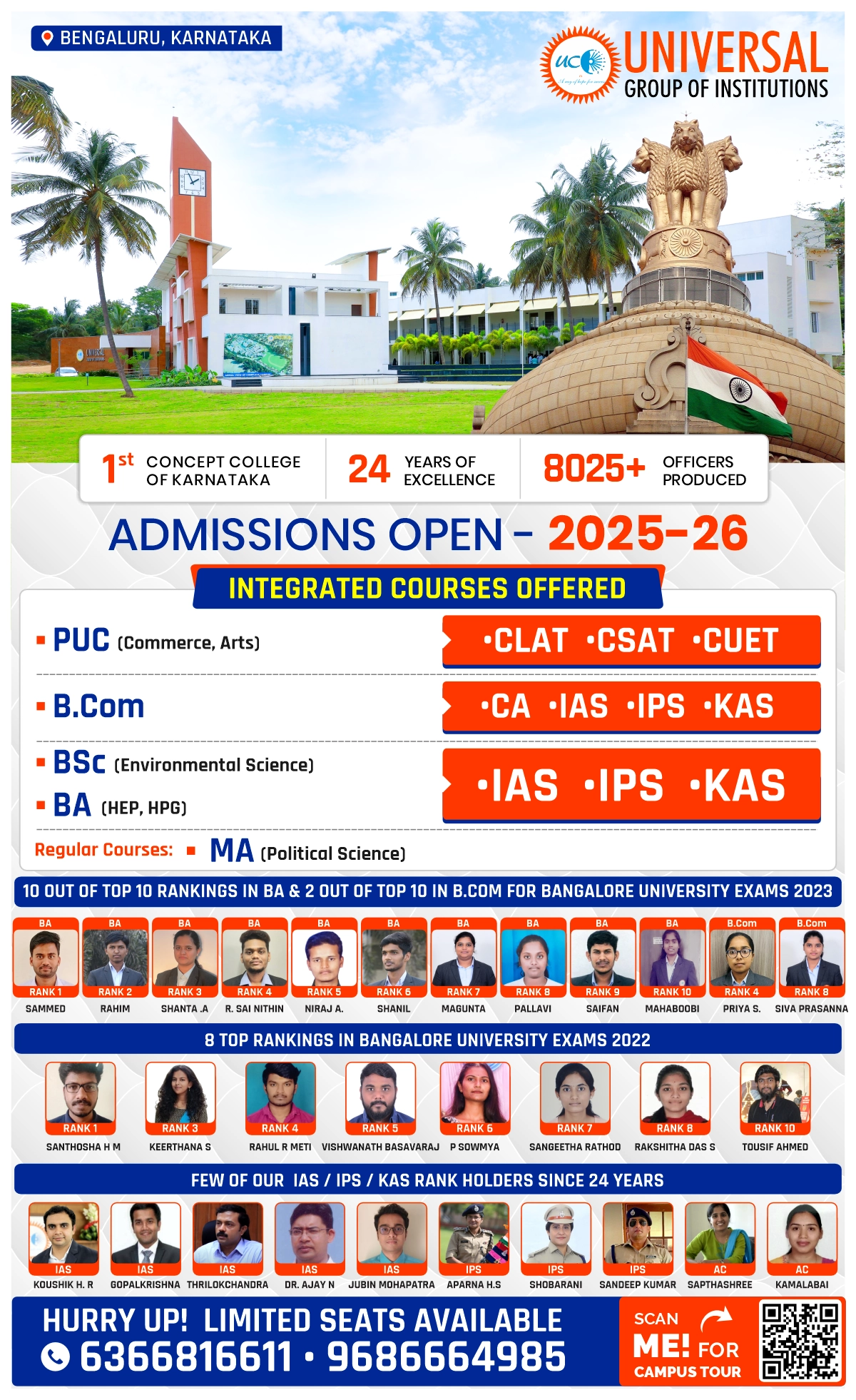ISRO Successfully Tests Semi-Cryogenic Engine for Future Missions
Why in the News?
ISRO conducted a crucial hot test of the SE2000 semi-cryogenic engine, marking progress in developing advanced propulsion systems. This engine, offering 2000 kN thrust, will enhance India’s future launch vehicles, including Gaganyaan and NGLV missions.
About the Successful Hot Test of SE2000 Engine:
- ISRO successfully conducted a hot test on the SE2000 semi-cryogenic engine, moving closer to finalizing the cryogenic stage for launch vehicle booster stages.
- This test, scientifically known as the Power Head Test Article (PHTA), is the first major hardware test for semi-cryogenic engine development.
- The PHTA, measuring five meters in height, was tested without the thrust chamber, focusing on critical subsystems like the gas generator, turbo pumps, pre-burner, and control components.
- The test lasted 5 seconds, following a previous unsuccessful attempt in July 2023 due to a technical glitch.
- The SE2000 engine offers an enhanced thrust of 2000 kN, a significant step in ISRO’s propulsion advancements.
Advantages of Semi-Cryogenic Propulsion
- Semi-cryogenic engines use a liquid oxygen (LOX) and kerosene combination, offering higher density impulse, lower toxicity, and cost-effectiveness compared to traditional cryogenic engines.
- Unlike liquid hydrogen, which requires storage at -253°C, kerosene is readily storable and safer to handle.
- ISRO has been focusing on eco-friendly propulsion systems, including LOX, LH2, and LOX-kerosene-based engines.
Future Launch Vehicle Enhancements
- ISRO is enhancing the LVM3 launch vehicle with an upgraded C32 cryogenic upper stage, boosting payload capacity by 25%.
- Development of the Next Generation Launch Vehicle (NGLV) is underway, designed for Gaganyaan missions with a reusable first stage and up to 30-ton payload capability for Low Earth Orbit.
- ISRO is also researching advanced propulsion systems for faster, long-distance space travel.






